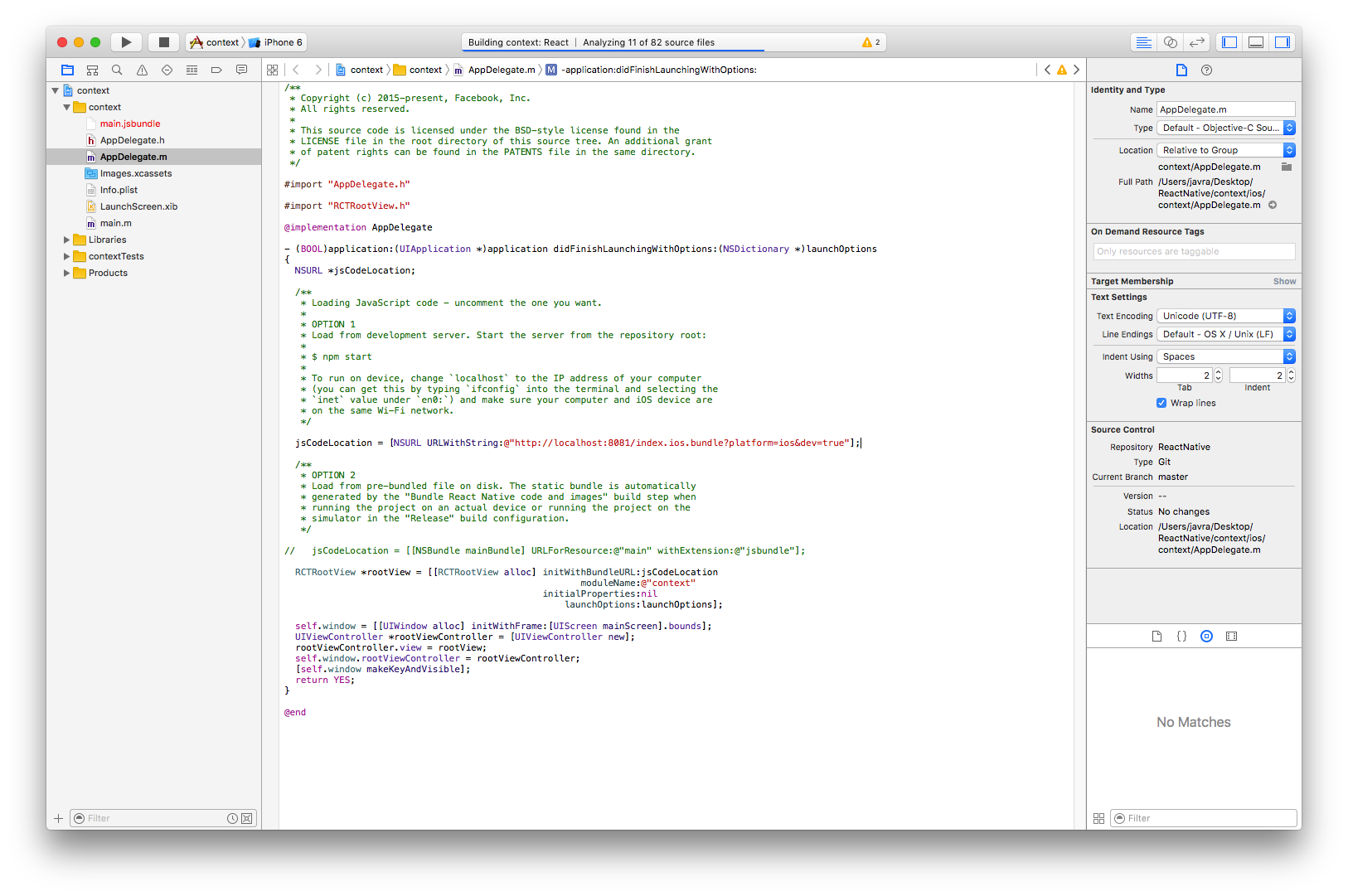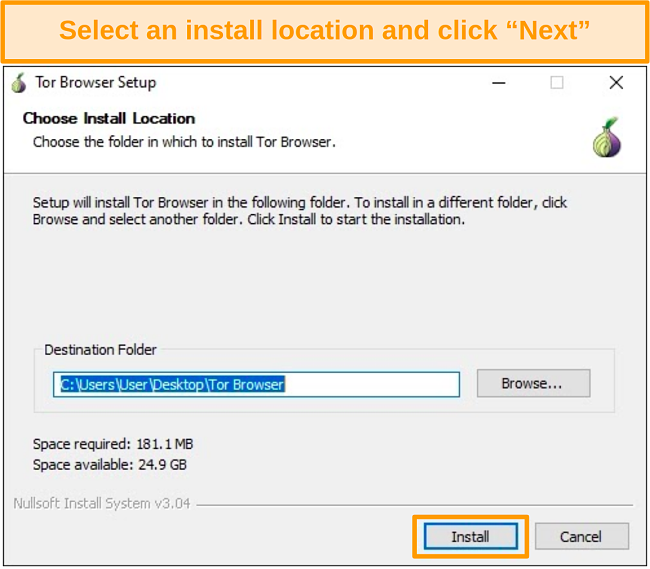
Note that a local IP address is blacked out on the left. You can see that my public IPv6 address (beginning with 2) is leaking in the WebRTC area, even while the VPN is connected and stable.

Below is an example of WebRTC leaks that I found when testing out a VPN service. If you see your ISP-assigned (external) IP address, then this is a WebRTC leak.

This basically allows for voice, video chat, and P2P sharing within the browser (real-time communication) without adding extra browser extensions. WebRTC stands for “Web Real-Time Communication”. WebRTC leaks can affect these browsers: Chrome, Firefox, Safari, Opera, Brave, and Chromium-based browsers. While the WebRTC issue is often discussed with VPN services, this is, in fact, a vulnerability with web browsers. When discussing online privacy and VPNs, the topic of WebRTC leaks and vulnerabilities frequently comes up.


 0 kommentar(er)
0 kommentar(er)
